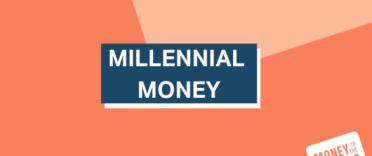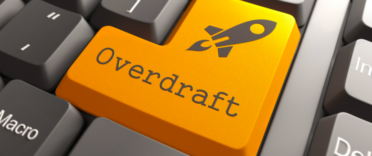In this episode of Millennial Money, I list 4 different methods you can use to clear your overdraft, including budgeting apps and low-interest loans.
4 easy ways to clear your overdraft
1. Analyse your spending
Where is your money going each month? Why are you in your overdraft? Do you know what your money is being spent on? There are a variety of ways that you can analyse your spending and making use of budgeting apps could help to make it part of your everyday routine. The host of apps - such as Money Dashboard and Emma - allow you to connect all your bank accounts and work out where exactly your money is going each month. If you use Emma, for example, the app can alert you to any wasteful subscriptions - such as if you’re paying for Spotify as well as Apple Music - and help you to weed out any unnecessary expenditure. By using these budgeting tools and apps, you can get control of your budget and start working towards a budget. You can also use the MTTM free budgeting spreadsheet to analyse your spending.
2. Clear your overdraft in increments
If you have a spare bit of income one month or you find you have some extra money for your savings, try to put it towards clearing off your overdraft, and then speak to your bank or provider and ask them to reduce your overdraft. For example, if you have a £500 overdraft and you've managed to clear £100 of it that month, ring up your bank and ask them to reduce your overdraft limit. Therefore, next month, you won’t be able to get into as much overdraft debt as you did the previous month and it’ll help you work towards clearing your debt in small, manageable increments.
3. Separate your bank accounts
If you have an overdraft on an account that you get your salary paid into, try to move your salary to another bank account, so that your salary doesn’t immediately get swallowed up by overdraft repayments. You could switch your current account using the current account switching service and then change to a potentially interest-free overdraft account, which will also save you money each month, but bear in mind that some providers won't allow you to switch whilst you have outstanding overdraft debt. Alternatively, you could open up another bank account and switch manually, getting your salary paid into the new account, so that you separate your income and your overdraft debt so you have greater control over how you repay it. You could also use a 0% money transfer credit card to transfer your debt, and then close the overdraft function once you have cleared it. The best thing to do in this scenario is to close your overdraft as soon as you’ve cleared it off so you’re not able to slip back into debt.
4. A low-interest loan
Another option to clear your overdraft is to take out a low-interest personal loan, borrowing the money to clear off the overdraft, and then potentially paying a smaller amount of interest than you may have on your overdraft. This is not recommended for everyone, because you are borrowing more money to clear off the money that you've already borrowed. However, it could be a useful solution to help you to close down your overdraft and stop living in your overdraft for good. However, you must make sure that you set up minimum monthly payments each month to ensure you do eventually pay the loan off in full, otherwise you could end up in even more debt than what you started with.
If a link has an * beside it this means that it is an affiliated link. If you go via the link Money to the Masses may receive a small fee which helps keep Money to the Masses free to use. But as you can clearly see this has in no way influenced this independent and balanced review of the product.





